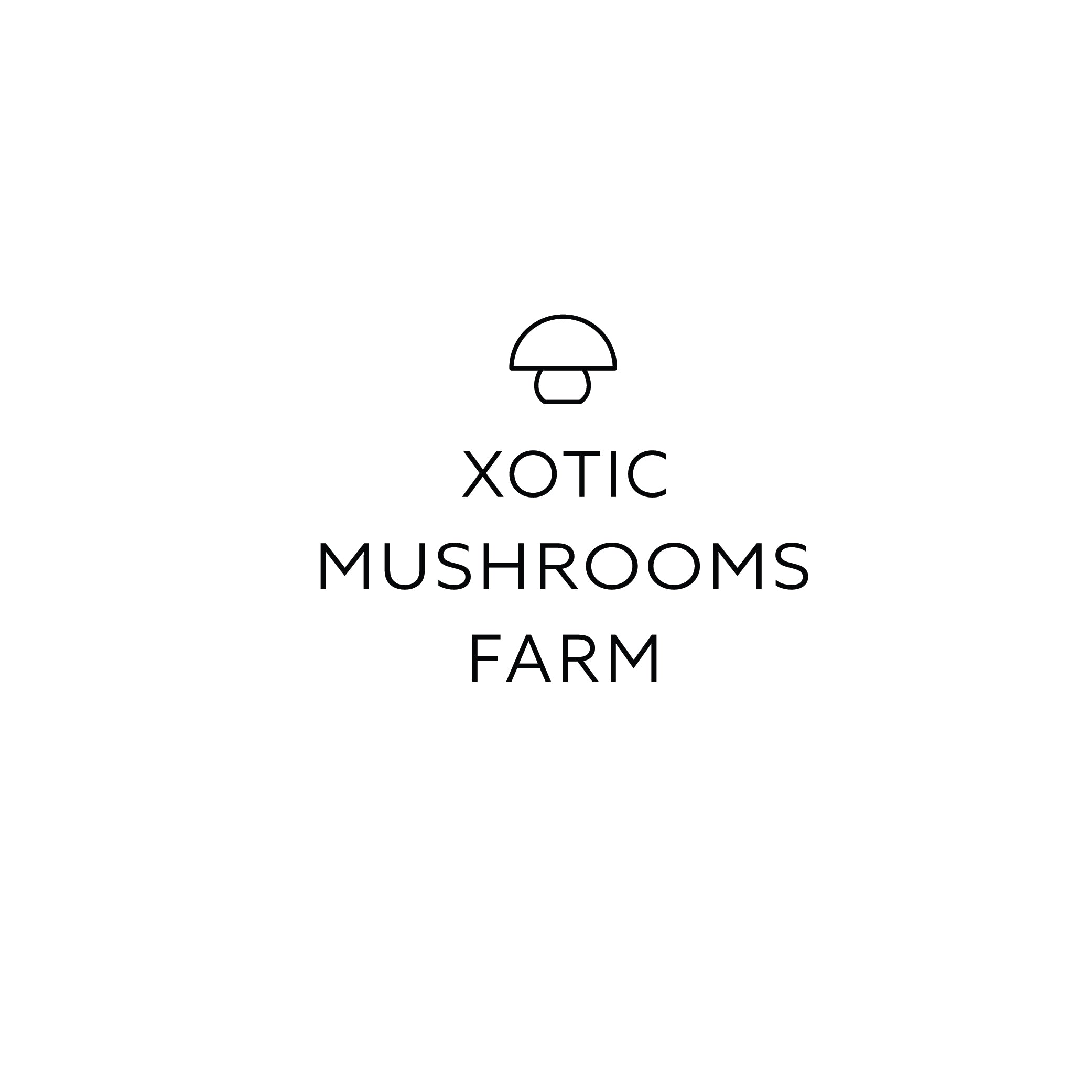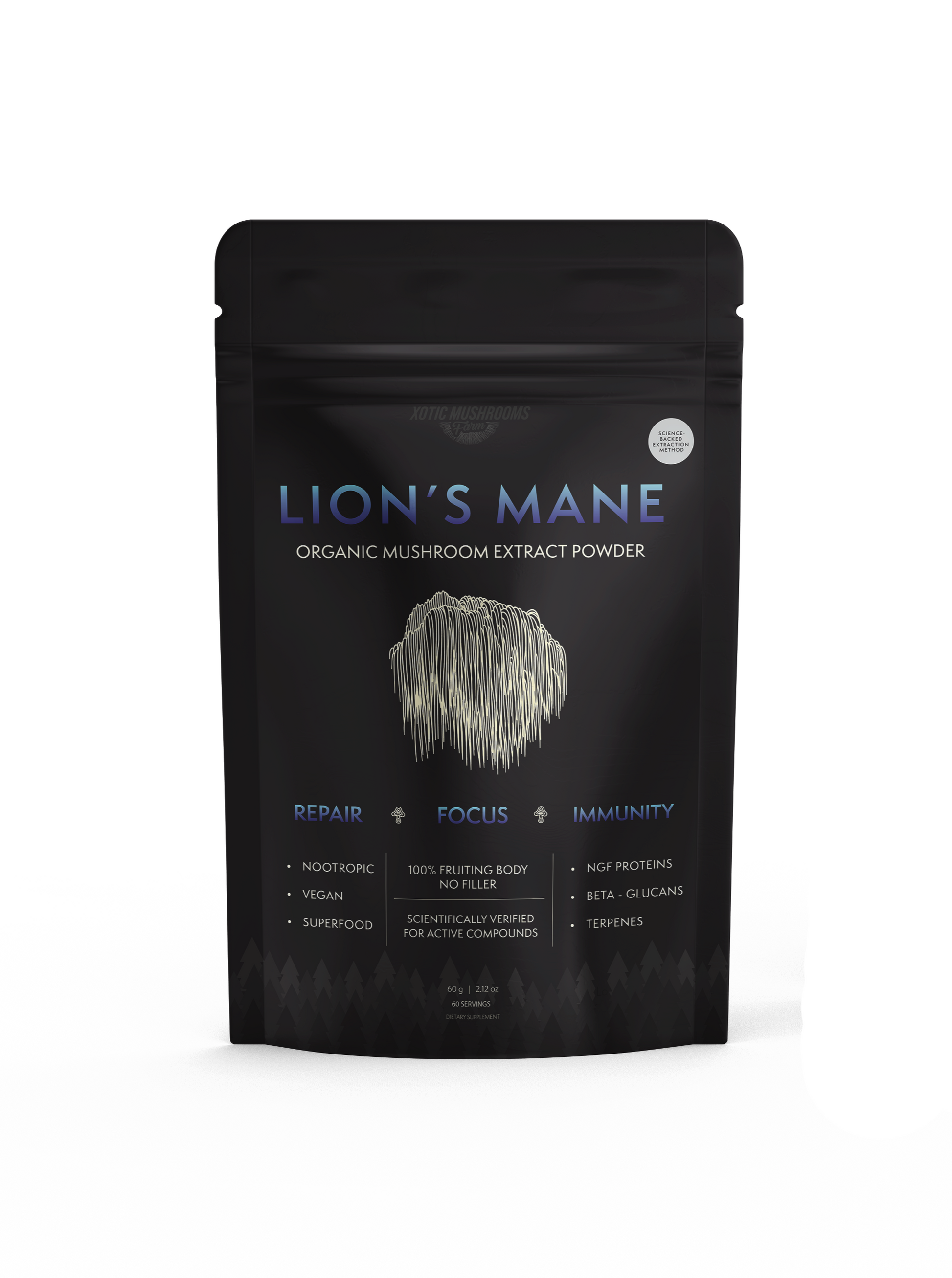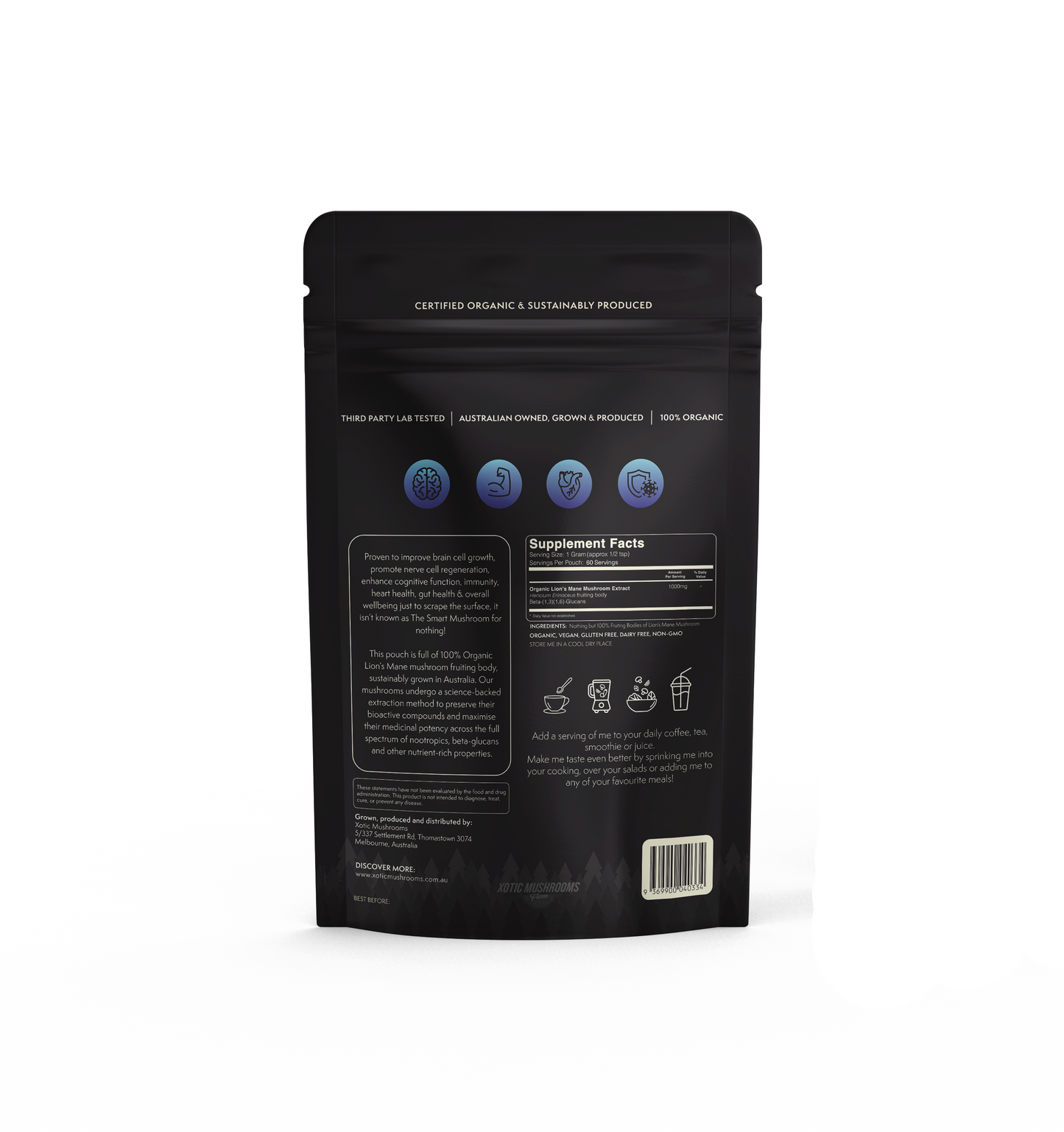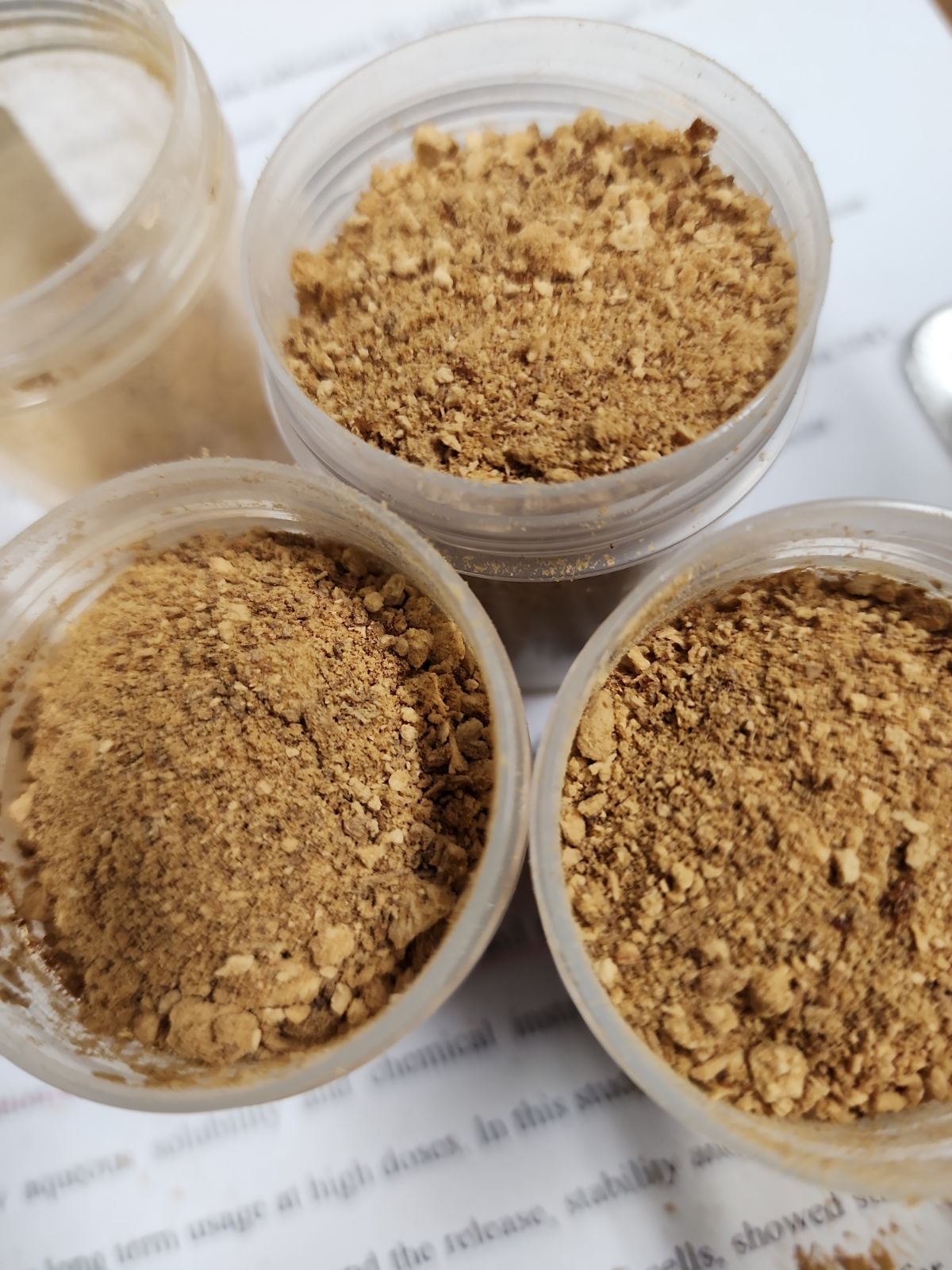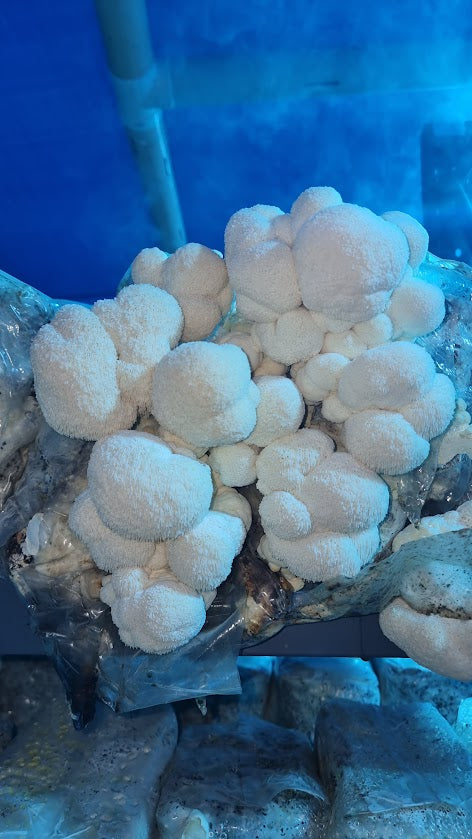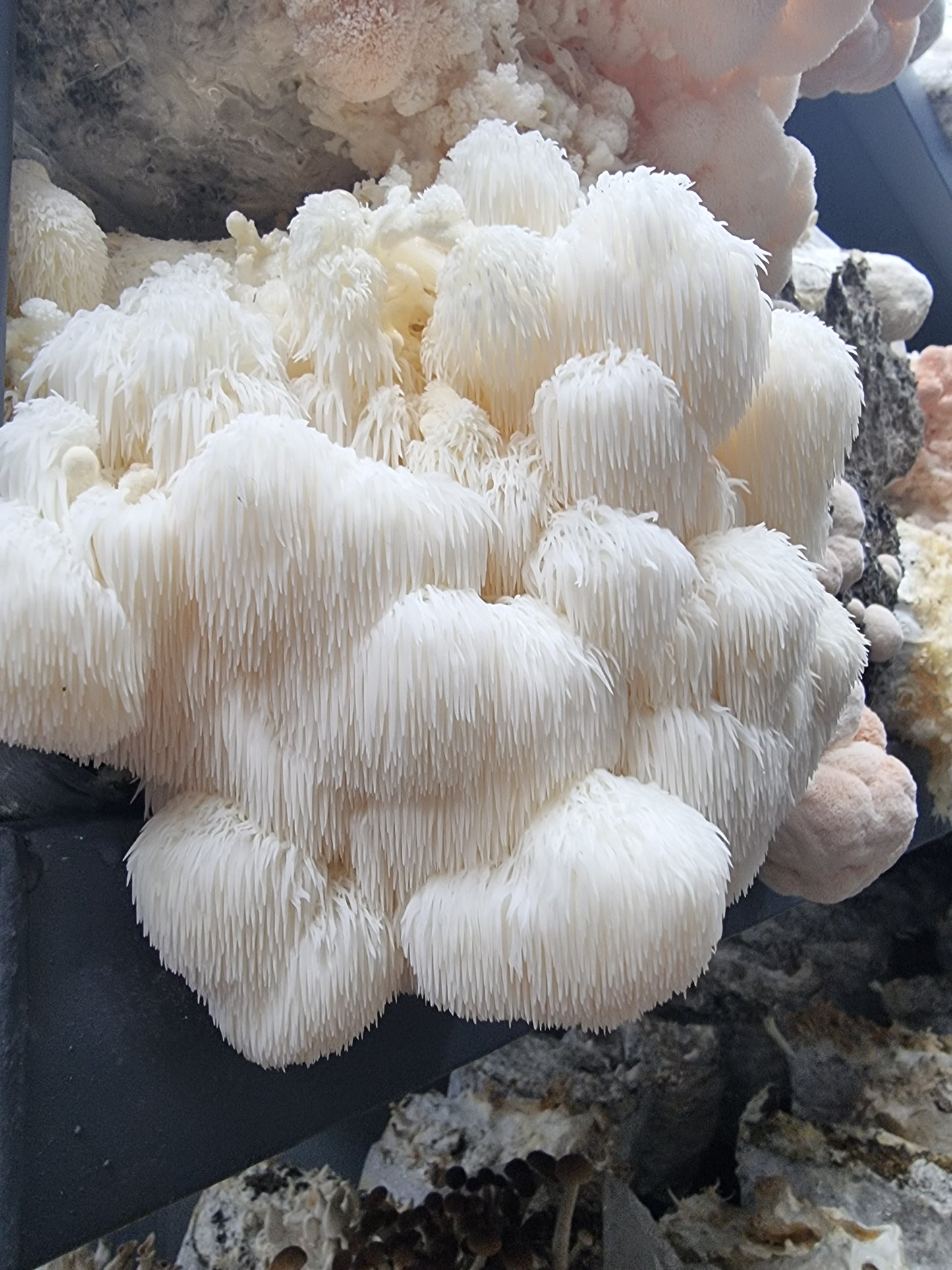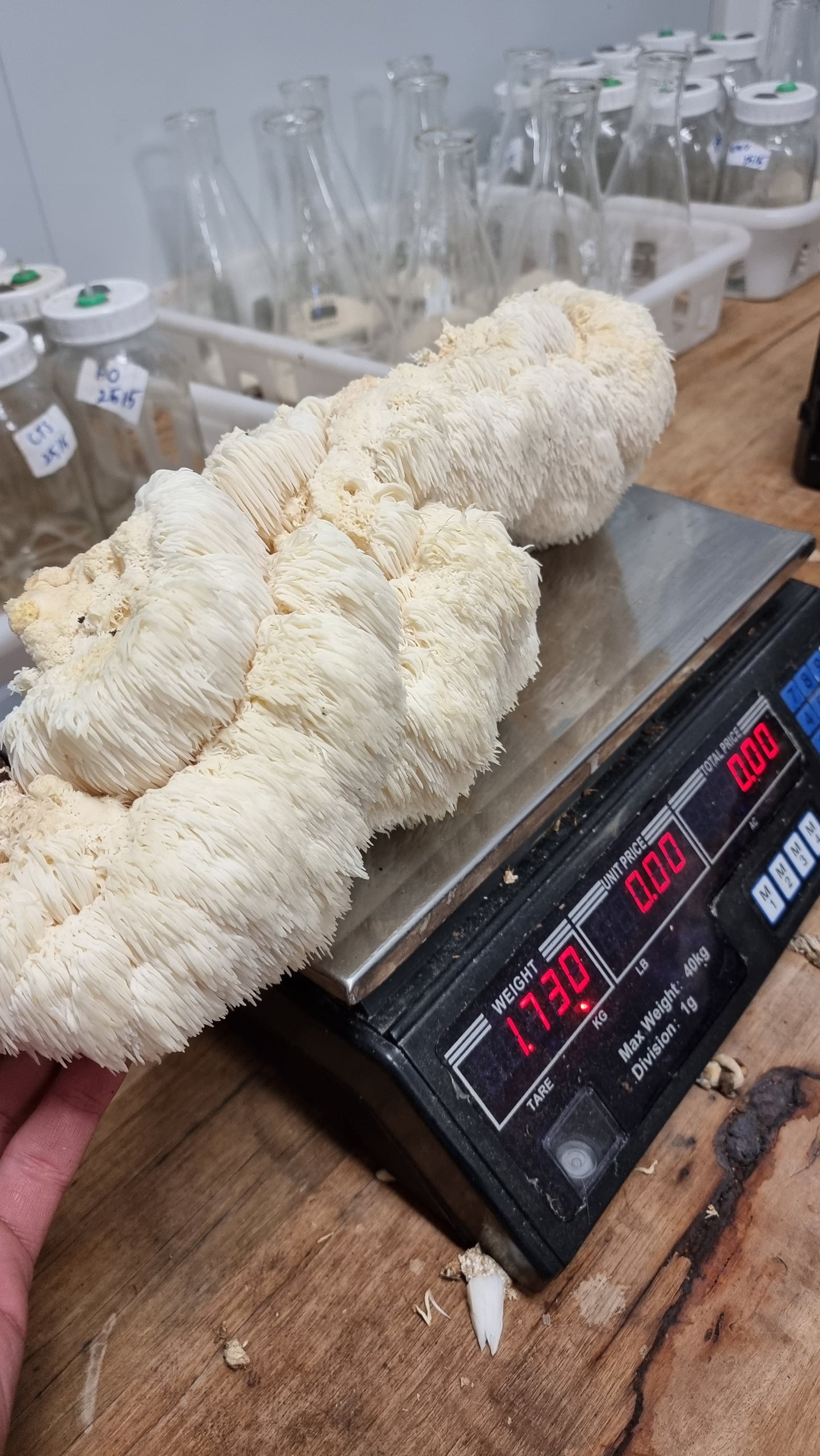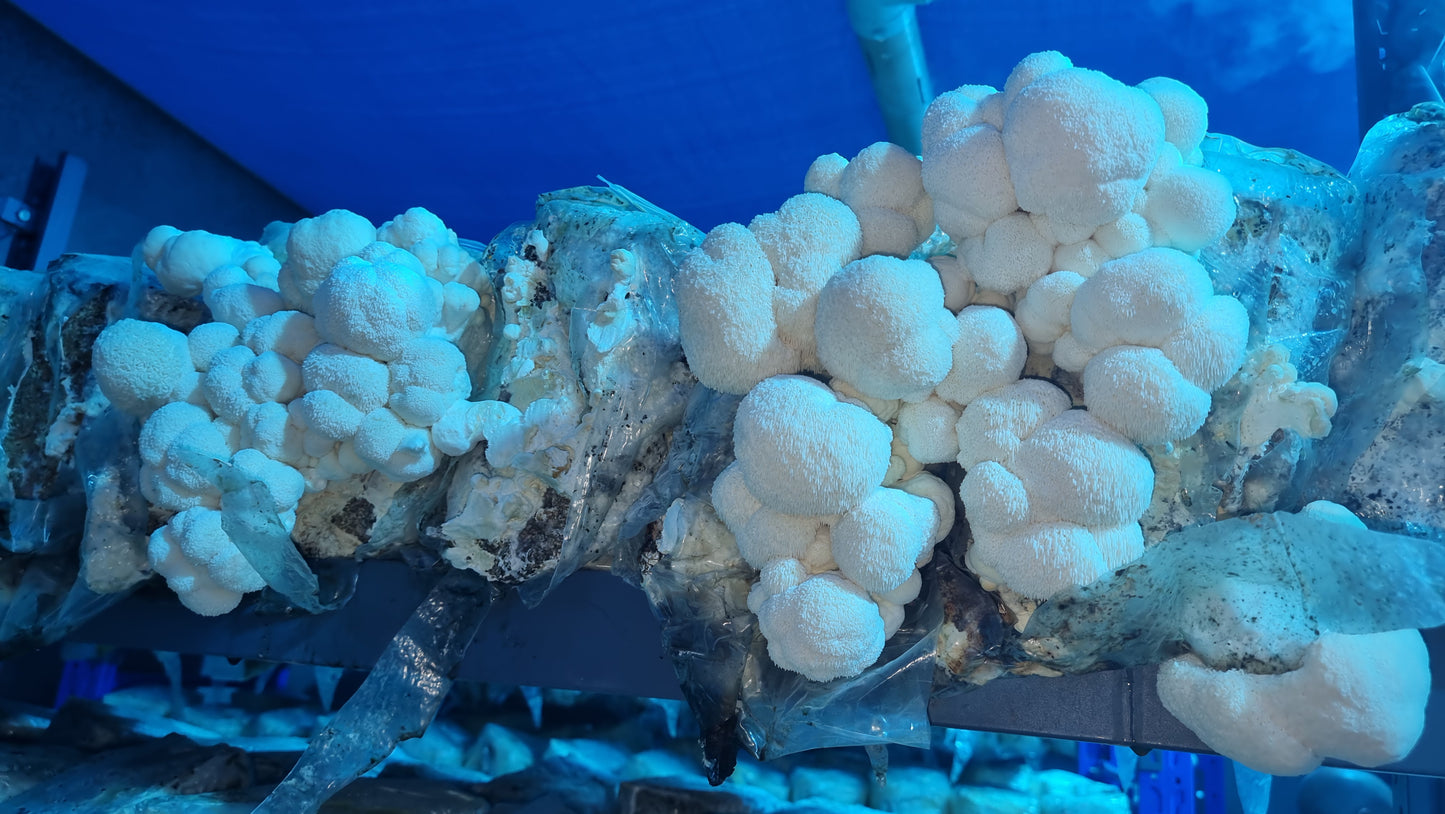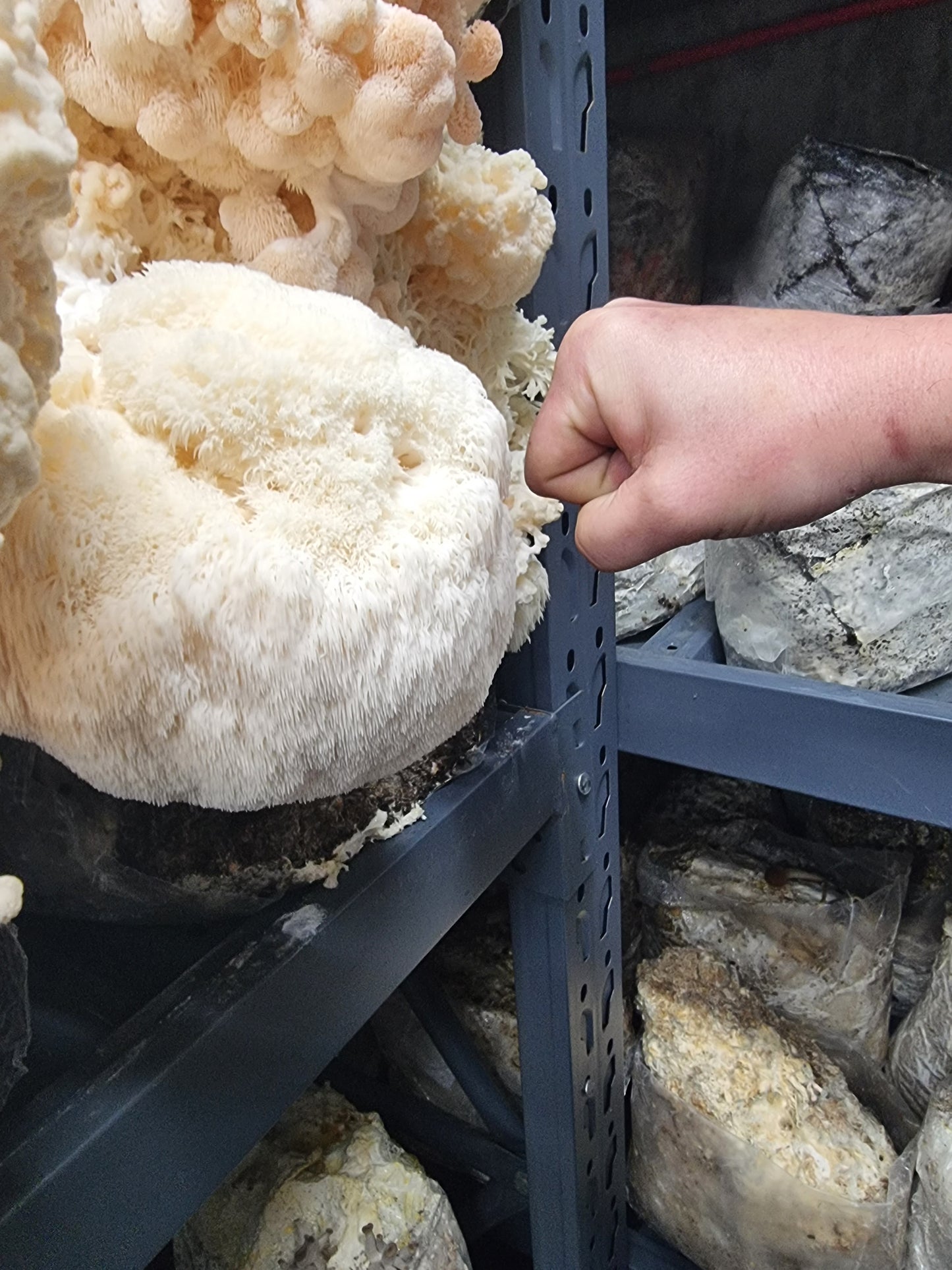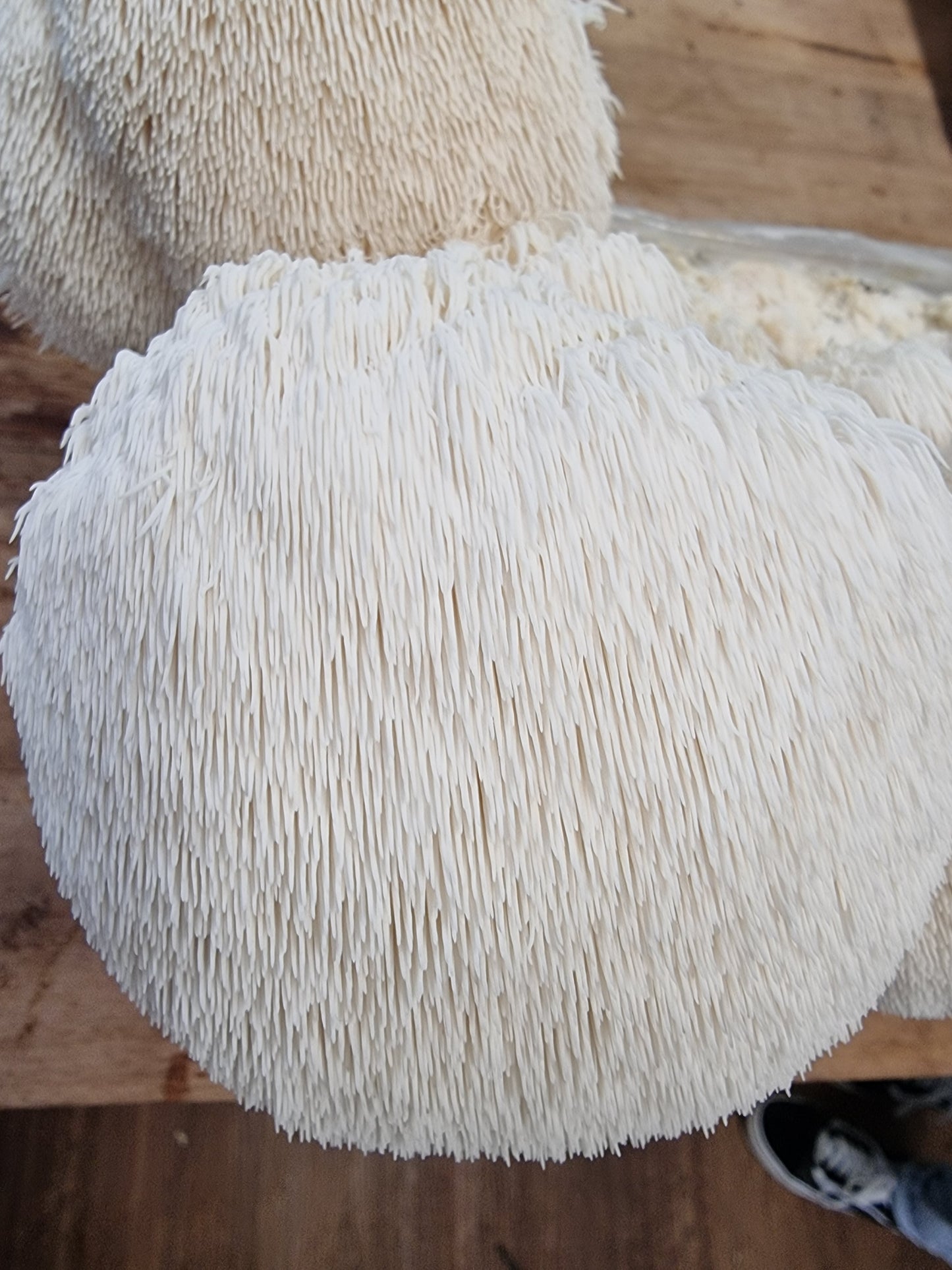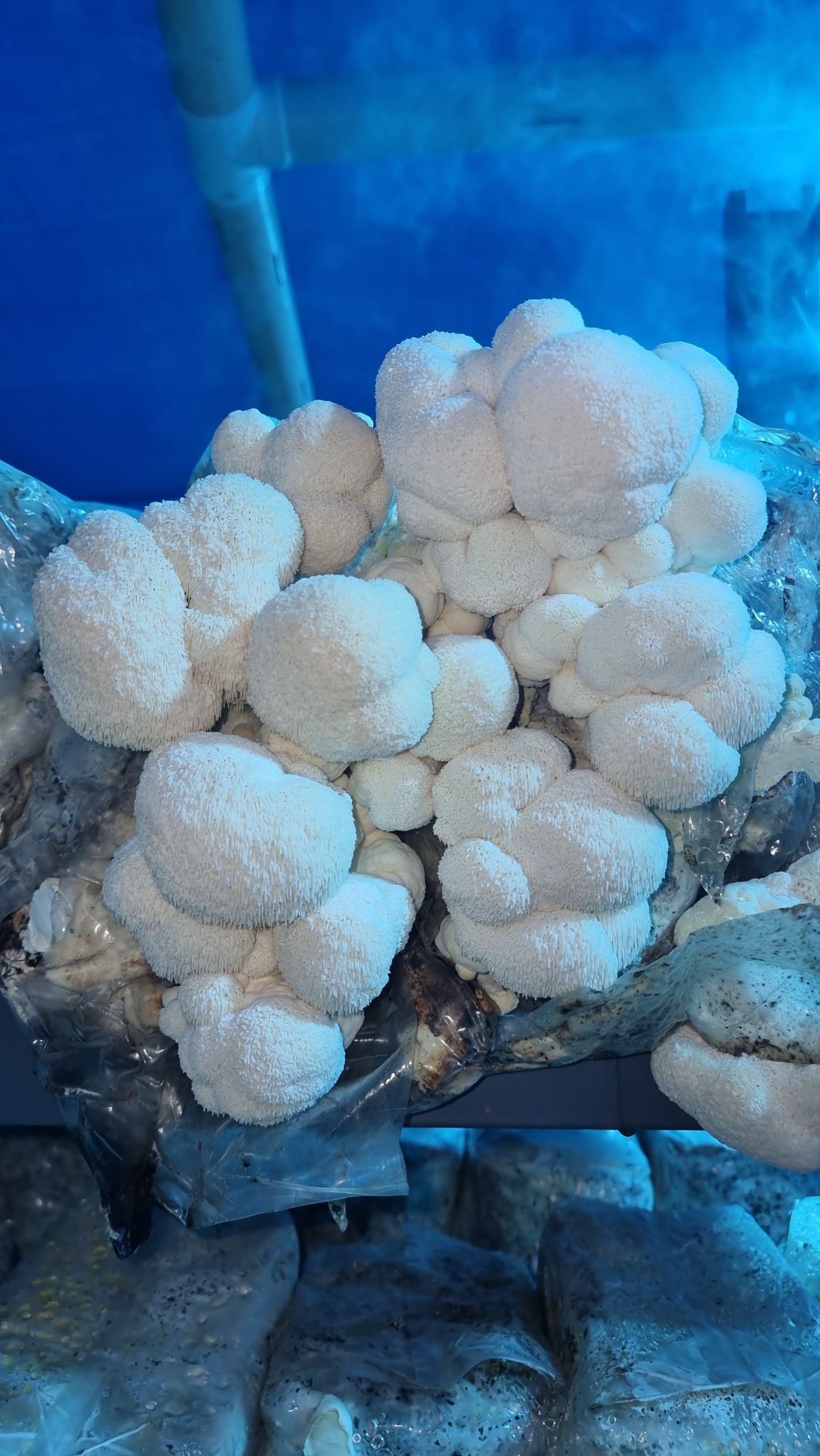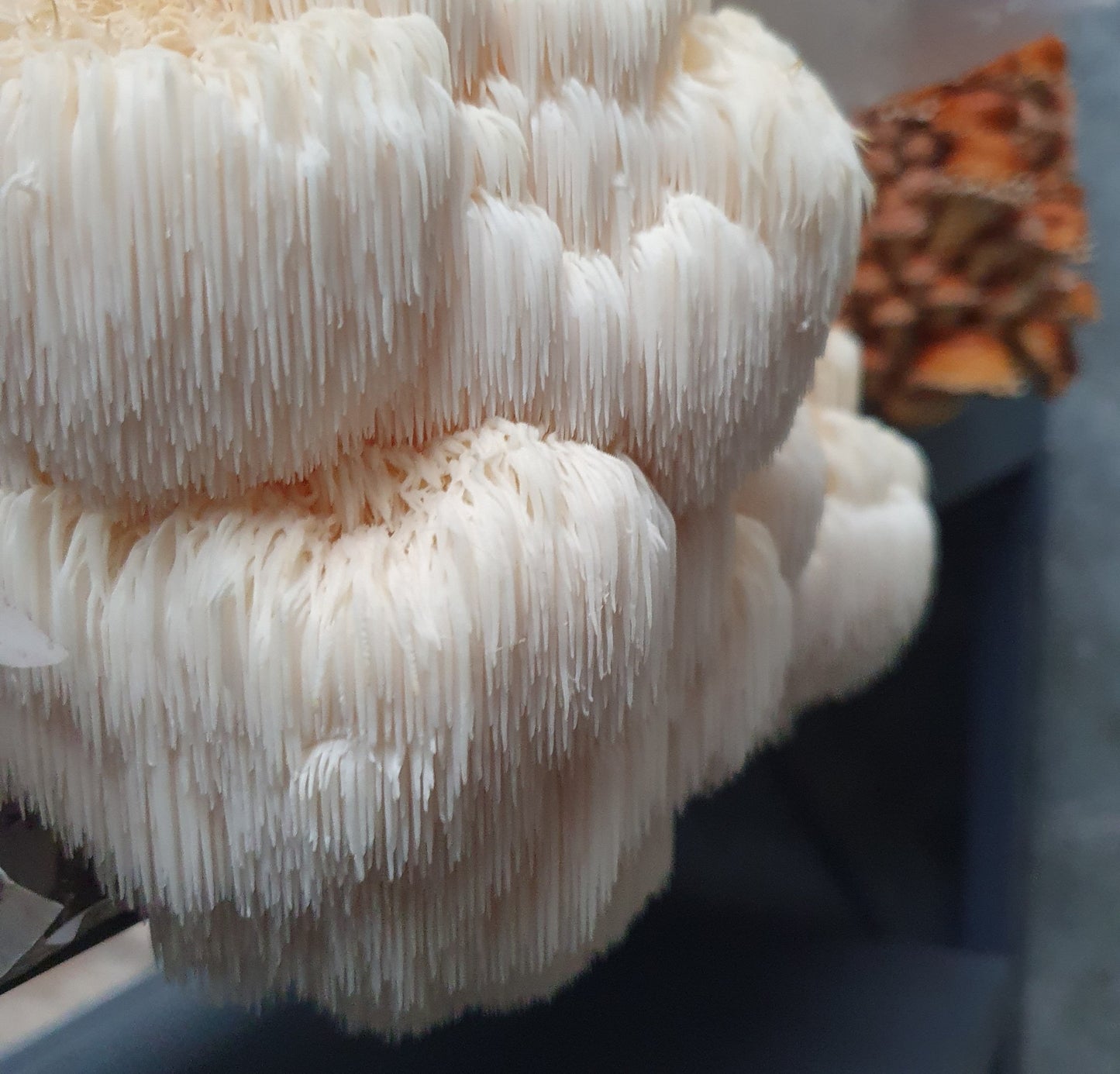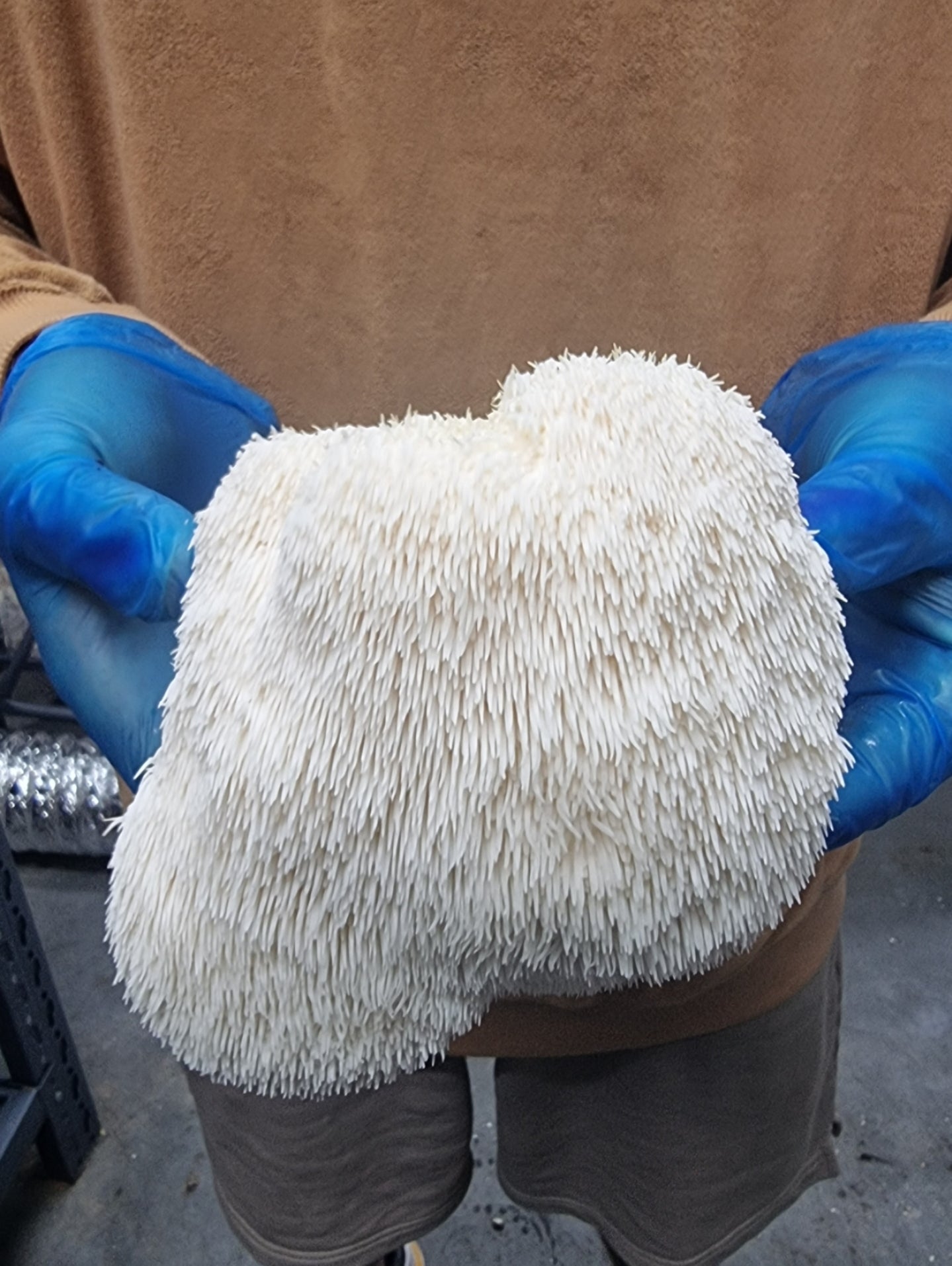Australia is known for its diverse and beautiful flora, including a wide variety of mushrooms.
While many mushrooms are safe and even delicious to consume, there are certain species that can be highly toxic and pose a serious health risk if ingested.
In this article, we will explore some of the most poisonous mushrooms found in Australia, the symptoms of mushroom poisoning, and steps to prevent accidental ingestion.
What Mushrooms Are Poisonous In Australia?
Among the most notorious are the Death Cap mushrooms (Amanita phalloides), Yellow-staining mushrooms (Agaricus xanthodermus), Ghost Fungus (Omphalotus nidiformis), and Poison Pie (Hebeloma crustuliniforme). It's crucial to be able to identify these mushrooms accurately to avoid accidental consumption.
Mushroom poisoning
Mushroom poisoning occurs when toxic mushrooms are ingested.
The severity of symptoms can range from mild gastrointestinal discomfort to life-threatening organ failure.
It is essential to understand that visual inspection alone is not sufficient for determining the toxicity of a mushroom. Even experienced foragers can make mistakes, so it's best to err on the side of caution.
Preventing poisoning from wild mushrooms
To prevent mushroom poisoning, it is vital to follow these guidelines:
- Learn from experts: Attend workshops or join local mycological societies to learn from experienced mushroom enthusiasts. Enrolling in local mycology classes or joining mushroom identification groups can be immensely helpful in developing the necessary skills and knowledge.
- Never rely solely on visual identification: A mushroom's appearance can be deceptive, so it's essential to cross-reference your findings with reputable field guides or consult experts for confirmation.
- Do not consume wild mushrooms without expert approval: If you are unsure about the edibility of a mushroom, never consume it. Even a small amount of a toxic species can have severe consequences. Therefore, it is advisable to source mushrooms from reliable sources such as farmers' markets or reputable suppliers. Additionally, always remember to thoroughly cook mushrooms before consumption, as heat can deactivate certain toxins present in some species.
- Collect mushrooms in different stages: When gathering mushrooms, pick specimens in various stages of development. This can help experts in identification, as features like color and shape can vary significantly at different growth stages.
Mushroom poisoning emergency
If mushroom poisoning is suspected, it is imperative to seek medical attention immediately. Time is of the essence, as early intervention can greatly improve the chances of a positive outcome. In the event of poisoning, try to retain a sample of the ingested mushroom for identification purposes, but never delay medical assistance to do so.
If you suspect mushroom poisoning, it is crucial to act quickly. Follow these steps:
- Call emergency services: Contact your local emergency number or poison control center immediately. Provide accurate information about the symptoms and any details about the mushroom in question.
- Preserve evidence: If possible, take photographs or keep a sample of the mushroom for identification purposes. This can assist medical professionals in determining the appropriate treatment.
- Do not induce vomiting: While it may seem intuitive to induce vomiting, it is not recommended unless specifically instructed by a medical professional. Vomiting can further damage the digestive system if toxic compounds have been absorbed.
Types of poisonous mushrooms
1. Death Cap mushrooms (Amanita phalloides)
As mentioned earlier, the Death Cap is a highly toxic mushroom responsible for the majority of mushroom poisoning cases worldwide.
It possesses a characteristic pale greenish cap and white gills and is often mistaken for edible varieties. Consumption of this mushroom can lead to severe liver and kidney damage, often requiring urgent transplantation.
Death Caps closely resemble edible varieties, making them particularly dangerous. They contain amatoxins that can cause severe liver and kidney damage. Symptoms may not appear for hours or even days after ingestion.
2. Yellow-staining mushrooms (Agaricus xanthodermus)
These mushrooms are commonly found in grassy areas and have yellow stains on their stems and caps when bruised or damaged.
Although not lethal, they can cause gastrointestinal discomfort, including nausea, vomiting, and diarrhea.
3. Ghost Fungus (Omphalotus nidiformis)
The Ghost Fungus is a luminescent mushroom that can be found in Australian forests. While it is not lethal, ingestion can result in symptoms such as abdominal pain, nausea, and diarrhea.
The Ghost Fungus emits an eerie green glow at night.
4. Poison Pie (Hebeloma crustuliniforme)
Poison Pie is a small, brown mushroom found in woodland areas. It contains toxins that can cause severe gastrointestinal symptoms, including vomiting and diarrhea.
Symptoms of mushroom poisoning
Symptoms of mushroom poisoning can manifest differently depending on the specific toxin involved and the individual's susceptibility.
However, common symptoms include:
- Nausea
- Vomiting
- Abdominal pain
- Diarrhea
- Sweatin
- Tremors
- Confusion
- Jaundice.
- In severe cases, liver failure, kidney damage, and even death can occur.
Who is most at risk?
While anyone can fall victim to mushroom poisoning, certain individuals are at a higher risk.
Children, elderly people, and those with compromised immune systems are more susceptible to the toxins present in poisonous mushrooms. It is estimated that between 60 to 70% of calls regarding mushroom poisoning in South Australia involve children under the age of five.
Additionally, individuals who engage in wild mushroom foraging without proper knowledge or expertise are at an increased risk of accidental ingestion.
Asian migrants, Northern Hemisphere and international students may pick Death Cap mushrooms, mistaking them for edible Straw mushrooms. These mushrooms do not naturally grow in Australia. Lack of familiarity with the local mushroom species increases the chances of accidental ingestion of toxic varieties.
Even pets are not immune to the dangers of poisonous mushrooms. There have been reported cases of dogs suffering from acute liver failure and even death after ingesting toxic mushrooms in backyards or during walks.
Conclusion
Exploring the world of mushrooms can be an exhilarating and rewarding experience, but it is vital to be aware of the potential risks associated with consuming wild mushrooms.
By familiarizing oneself with the poisonous species found in Australia, adopting safe foraging practices, and seeking immediate medical attention in case of suspected poisoning, enthusiasts can enjoy the wonders of mushrooms while ensuring their own safety.
Remember, when it comes to mushroom foraging, knowledge and caution are the keys to a truly enriching and harm-free experience.
